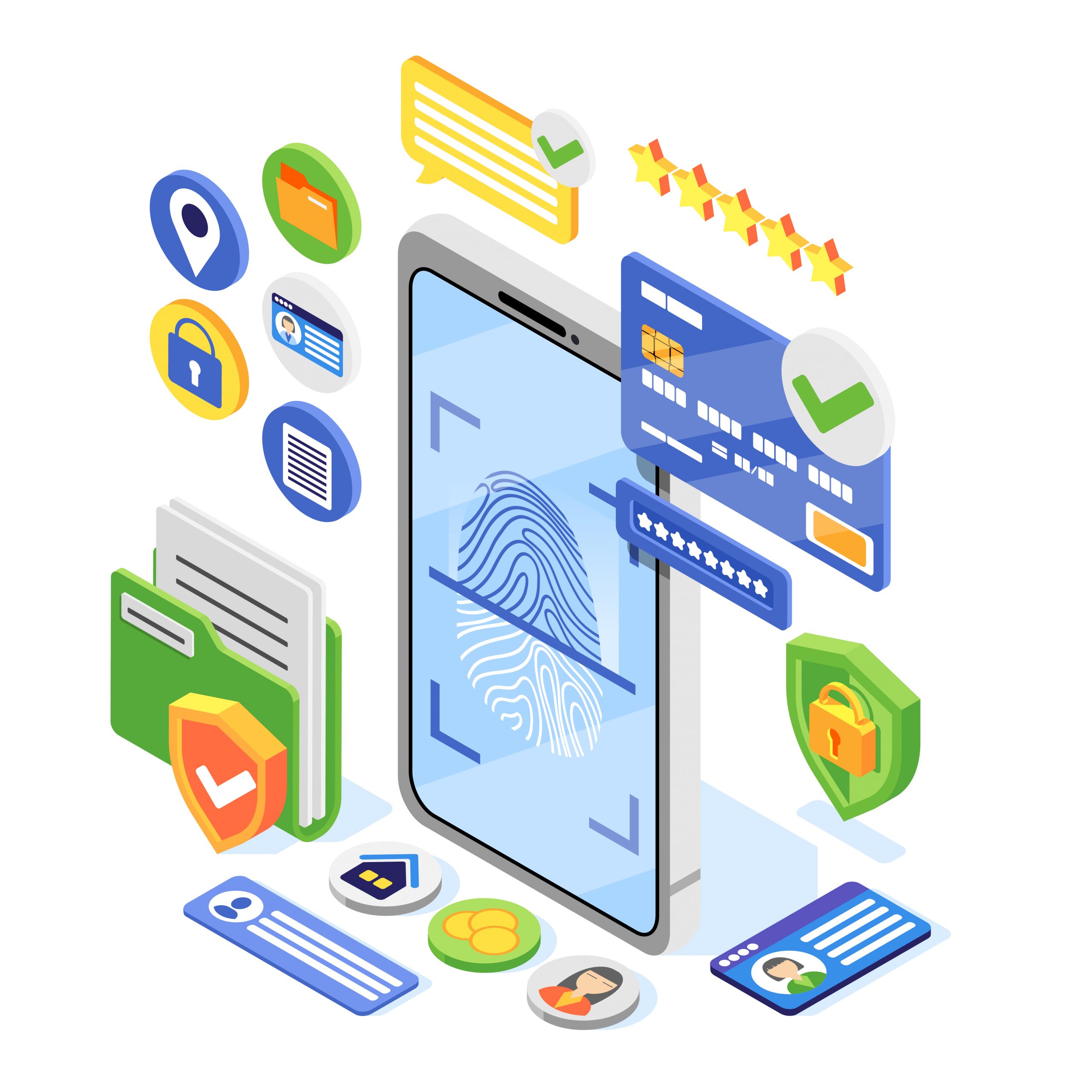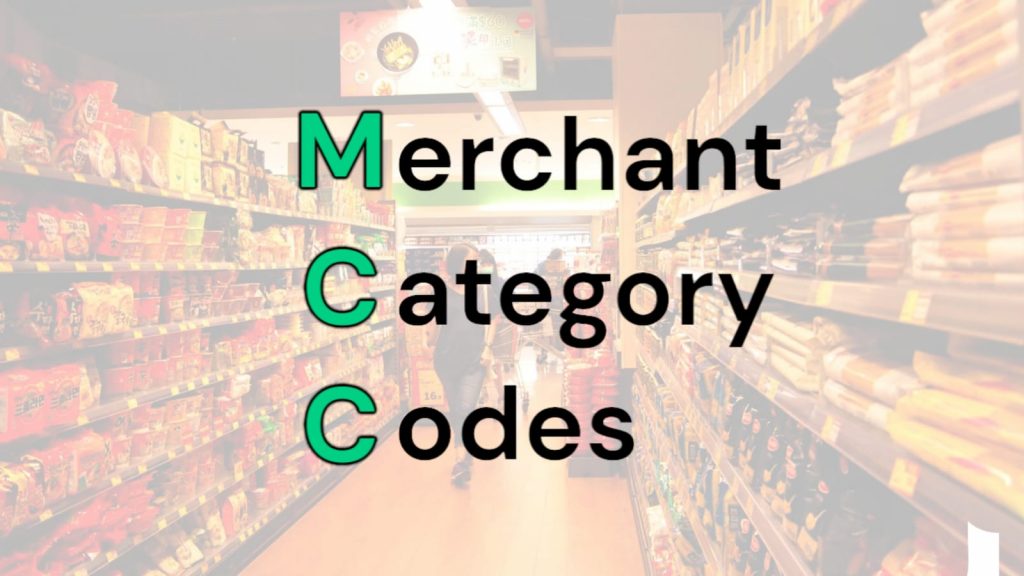Strong passwords are no longer safe to log in into your digital world, you need to learn about Strong User Authentication Methods to enhance your and your business user’s security.
In today’s digital world, user authentication is crucial for ensuring the security of our online activities. Whether we’re logging into email accounts, accessing social media, or making online purchases, user authentication is a daily occurrence. In this post, we will explore the concept of user authentication, multiple factors of authentication, types of authentication and its importance.
Understanding User Authentication: User Authentication is the practice of proving you identity in more than one way. If you don’t want to be hacked, you need to use multi factor authentication sometime called 2-step authentication – That’s not even a debate.
There are generally 4 accepted authentication factors:
- Knowledge (Something you know) – Pin or a password
- Possession (Something you have) – Phone or a dongle
- Inherent (Someone you are) – Fingerprint or facial recognition
- Location (Somewhere you are) – IP address or GPS coordinates
1FA vs. 2FA vs. 3FA vs. MFA: What’s the Difference?
- 1FA or One-Factor Authentication – This authentication uses “something you know” factor. Password is the most common example. A unique password is required to access a system or platform.
- 2FA or Two-Factor Authentication – In addition to “something you know”, the second factor used here is “something you have.” This can be a OTP (One-time password), physical item like a device that generates a predetermined code or even a signed digital certificate.
- 3FA or Three-Factor Authentication – Adding to the previous factors, the third factor is “something you are.” This involves biometric characteristics such as the user’s voice, fingerprint, retinal scan, or other similar attributes.
- MFA or Multi-Factor Authentication – MFA uses more than one factor to authenticate a user. A multi-factor solution will use any combination of these factors. This allows businesses to configure the solution in a number of ways. Common Example is password along with code sent to email, answer a secret question, or scan a fingerprint.
The Importance of User Authentication:
- Prevent Unauthorized Access: User authentication protects your information by confirming your identity, keeping unauthorized individuals from accessing your data and minimizing the risk of breaches.
- Protecting Personal Data: User authentication keeps your personal information safe, like your finances and private messages, shielding you from identity theft and malicious actions.
- Securing Online Transactions: Strong user authentication ensures safe online shopping and banking, preventing fraud and unauthorized access to your financial information.
- Establishing Accountability: User authentication tracks and investigates suspicious activities, discouraging wrongdoing and effectively dealing with security breaches.
- Safeguarding Intellectual Property: User authentication defends sensitive business data, trade secrets, and exclusive systems, preventing theft and maintaining a competitive advantage.
Robust user authentication is essential for safeguarding the digital landscape. Implementing best practices mitigates risks of unauthorized access, data breaches, and online threats. As security regulators, we emphasize proactive authentication to empower users, ensuring confident navigation and preserving online integrity. Stay vigilant, stay protected!









